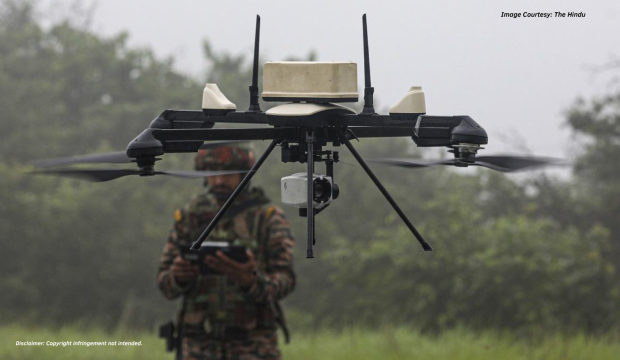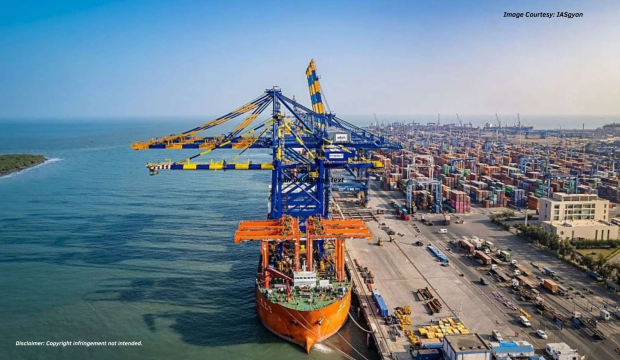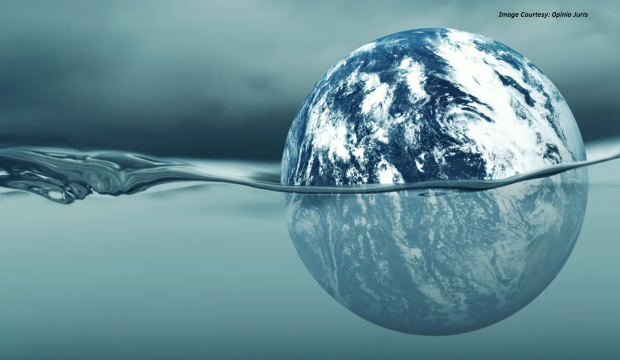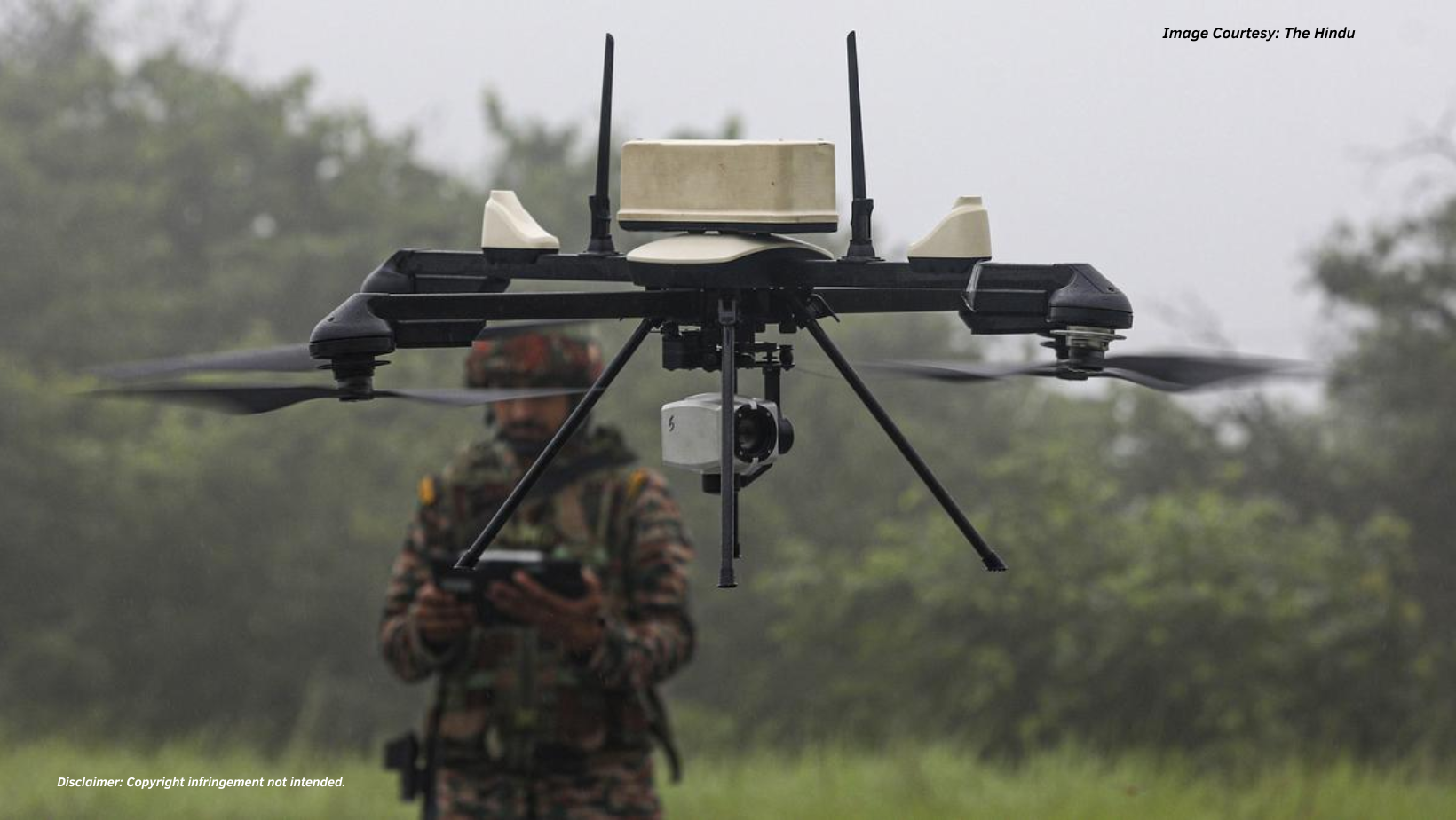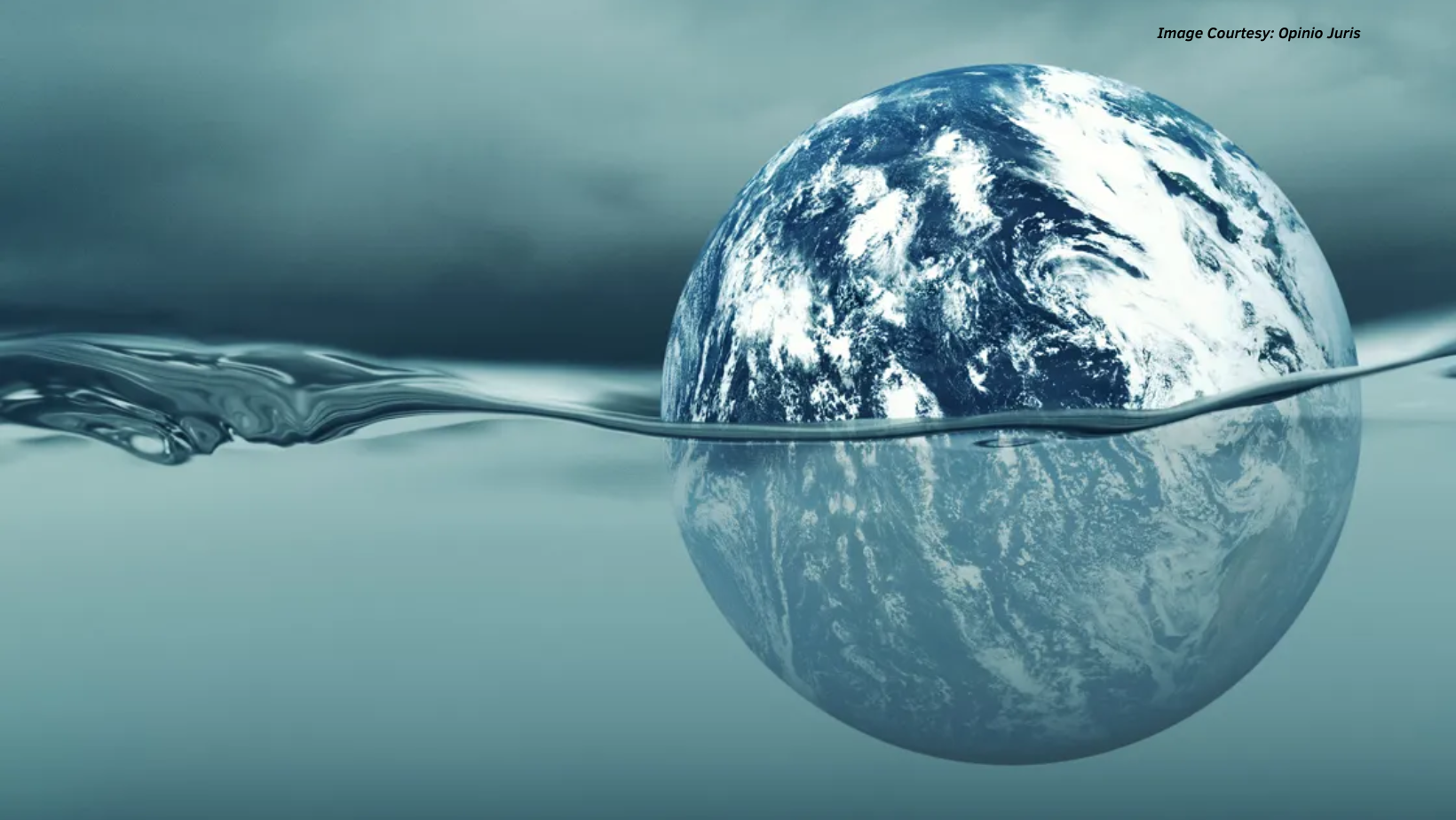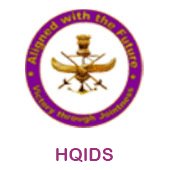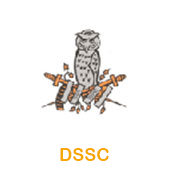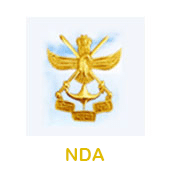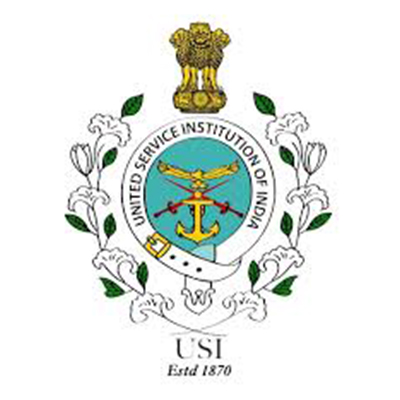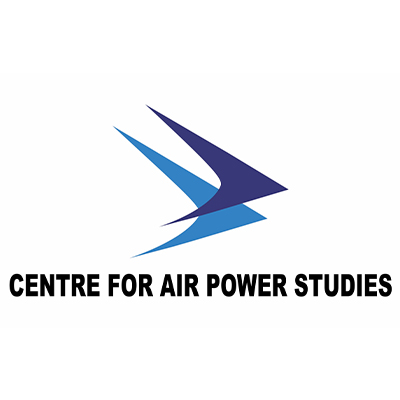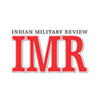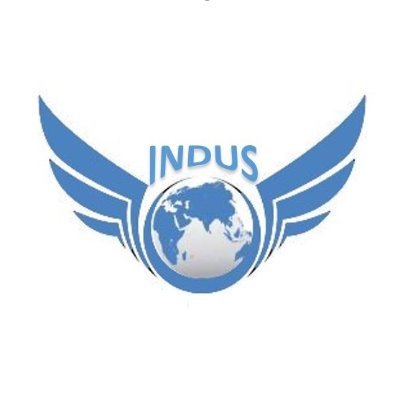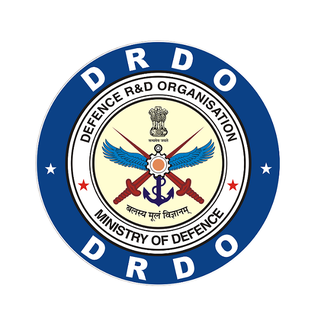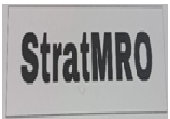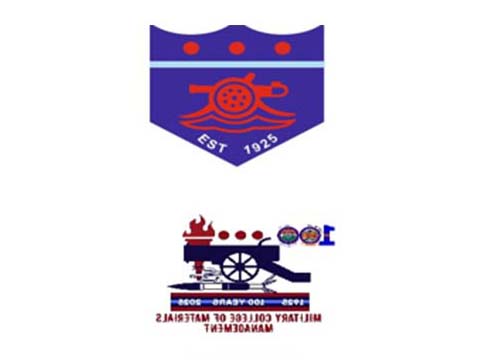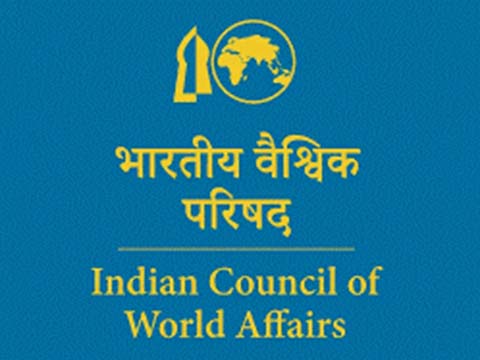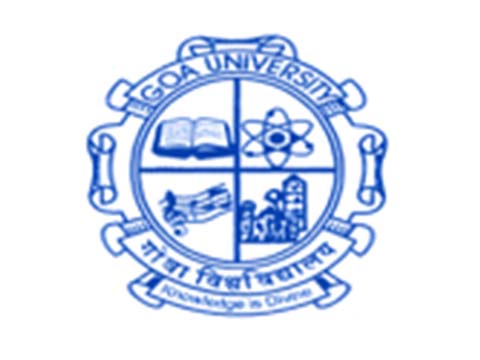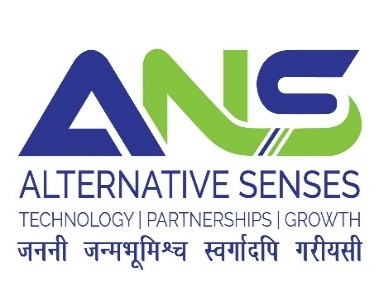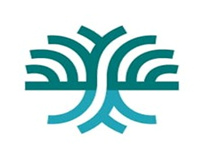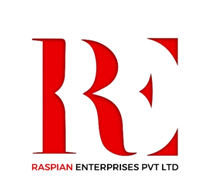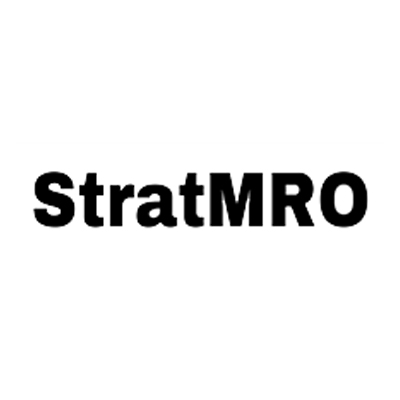Introduction
Maritime trade routes have continued to be a crucial and an area of contestation during various periods of history. The Indian Ocean remains extremely crucial with its significant Sea Lanes of Communication (SLOCs) for the global maritime trade. It links Africa and Asia and is home to one-third of bulk cargo ships and around 100,000 commercial boats annually.1 The salience of the region is further enhanced by the substantial oil flow from the Persian Gulf. According to statistics, the Indian Ocean is used for two-thirds of all oil shipments worldwide. Overall, the volume of trade that passes through the Indian Ocean is valued at around $1 trillion annually.
In the Indian Ocean region (IOR), India is one of the biggest littoral states. Its defence priorities have shifted towards the Indian Ocean as a result China’s expanding presence and assertiveness in the region. Although India published its first naval strategy released in 2004 for IOR, later records show that the country’s
stance to the IOR has changed. India has significantly altered its maritime strategic environment in an effort to counter China’s growing assertiveness and establish itself as a regional powerhouse. The continual change of Indian strategic thinking demonstrates the country’s goal to become a regional powerhouse. As national interests grow, states demand cutting-edge, sophisticated, and massive armament to safeguard them in remote places. “Soon after announcing its most recent maritime doctrine, India accelerated its naval modernisation plan for 2030, which includes the acquisition of three aircraft carriers, modern warships, more than 200 naval aircraft, nearly six Scorpene-class submarines, five nuclear-powered submarines, and additional P-8I surveillance aircraft.3
“In light of this, New Delhi has initiated various defence agreements to enhance collaboration in defence procurement, manufacturing, co-production and co-development. On June 2025, an Indian delegation led by Dinesh Kumar, Joint Secretary and Acquisition Manager (Maritime Systems), met with French defence officials at the Paris Air Show to officially commence the Rafale Marine programme.”4
What is Rafale- M?
The Rafale-Marine (Rafale-M) is a versatile and an advanced fighter jet. It is meticulously engineered for aircraft carrier operations at sea. Rafale-M is capable of taking off from and land on moving ships in difficult conditions, unlike conventional land-based aircraft. It was constructed by Dassault Aviation of France and is presently deployed by the French Navy. Indian Navy, which is in charge of INS Vikrant and INS Vikramaditya, decided to procure 26 Rafale-M aircraft from France.
The contract for the purchase of those 26 Rafale Marines to outfit the was inked in the presence of Éric Trappier, chairman and CEO of Dassault Aviation. The agreement was made possible under the Inter-Governmental Agreement between France and India.5 This contract comes following an international consultation in July 2023 that selected the Rafale Marine, for which the Indian Navy would be the first user outside of France. It attests to the Indian government’s contentment with the aircraft’s performance and their intention to expand its operational scope.6
This ascertains, New Delhi’s commitment towards Paris and becomes the only country beyond France to use the 4.5-generation multirole fighter, the Rafale M, Rafale B and Rafale C. Modern capabilities will be made available to the Indian Armed Forces by the Rafale M, and the Indian Navy will gain from the French Navy’s expertise flying this aircraft. The Rafale M will actively contribute to ensuring national sovereignty and solidifying India’s position as a significant global actor, in addition to the 36 Rafale now serving with the Indian Air Force.7 Éric Trappier stated:
“On behalf of Dassault Aviation and its partners, I would like to thank the Indian authorities, with whom we have been working for more than 70 years, for their confidence in us and reaffirm our unwavering determination to stand by their side to contribute to India’s expression of its sovereign power, its strategic challenges and its ambitious vision of the future.”8
In a press statement, Dassault Aviation also affirmed:
“The Rafale Marine will provide the Indian Armed Forces with state-of-the-art capabilities and the Indian Navy will benefit from the experience of the French Navy, which already operates this aircraft. Along with the 36 Rafale already in service with the Indian Air Force, the Rafale Marine will play an active role in guaranteeing national sovereignty and consolidating India’s role as a major international player.”9
In this context, the Ministry of Defence (MoD) of India announced that the deal is estimated to be worth 630 billion rupees (USD 7.4 billion).10 The MoD further emphasised that, beyond bolstering the naval capabilities of India, the deal would create not only revenue for businesses but also generate thousands of jobs. It stated:
“The delivery of these aircraft would be completed by 2030, with the crew undergoing training in France and India11.”
India’s security cabinet, which is led by Prime Minister Narendra Modi, approved the purchase in early June 2025. While the navy’s aircraft inventory primarily consists of Russian MiG-29 jets, the Indian Air Force now deploys 36 Rafale fighters.12 In order to provide forces stationed along its two tense borders with China and Pakistan, India is working to modernise its military, lessen its reliance on equipment of Russian provenance, and increase domestic weapons manufacture.
Acquisition of Rafale M: A Forward-Looking Leap
Since its induction, the Indian Navy’s MiG-29K fleet, which is being utilised by both INS Vikramaditya and INS Vikrant, has had a number of problems. Bird strikes and technical problems impacted several airframes. The fleet was beset by the aircraft’s poor serviceability and dependability. The Rafale M replaces the MiG-29K fleet which is aging and has become maintenance intensive.”13The Rafale M is a 4.5 fighter jet which has been through extensive testing process and proven well in operational theatres.”14 “The combat aircraft offers superior avionics, enhanced reliability and better sortie generation capability. This transition not only improves the combat effectiveness of India’s carrier strike groups but also ensures higher mission availability and reduced downtime, aligning with the Navy’s long-term modernization objectives.”15
The EurAsian Times earlier suggested that Rafale-M, may have a “little edge” over the American aircraft. A reliable source in the Ministry of Defence stated:
“Both Rafale-M and Super Hornet have their respective advantages because both have similar standardization, but the question is from where can India get a better deal.”16
The source also added:
“IAF is already operating Rafale fighter jets, and if the Navy also has a marine version of these (Rafale) aircraft for INS Vikrant the issues like commonality of equipment, supply chain, pilot training, and maintenance will be easy.”17
The Rafale M is also considered advantageous because it did not require structural modifications, unlike the Super Hornet. It is also smaller and lighter making it more appropriate for the compact aircraft elevators and hangar spaces of INS Vikrant. Meanwhile, Super Hornet exceeded the elevator dimension limits of Vikrant, unless the wings were folded in a non-standard way.18
Operational Delay in Rafale M Induction
According to a report, the first Rafale M will be delivered by 2028–2029, with deliveries ending by 2030. In 18 months, the first Rafale M designed specifically for India will be on display. This extended timeline will result in the Indian Navy, to continue operating the aging MiG-29K fleet in the interim.”19 “Given the MiG-29K’s serviceability rates, high maintenance demands, and performance parameters, the delay in modernisation could affect the operational readiness and effectiveness of India’s aircraft carrier strike groups. This transitional period may strain existing logistics and reduce the Navy’s ability to project power in contested maritime zones, especially in the increasingly volatile Indian Ocean Region (IOR).20
This partnership also invites a measured critique. While the deal includes offsets such as fuselage production and MRO infrastructure, these remain largely assembly and maintenance functions rather than true technology transfers. India’s dependence on French OEMs for engines, avionics, and critical spare parts undercuts the goal of strategic autonomy unless these offsets evolve into joint R&D and indigenous production of core technologies.
Navigating the Roadmap to Collaborate Further
Considering the rising tension and the geopolitical turmoil, New Delhi is initiating defence partnership beyond the US. It is collaborating with manufacturers from at least three other nations to produce fighter jet engines in an effort to bridge capacity gaps. “India should seize the opportunity to deepen its joint development efforts with France, particularly in naval fighters and jet-engine technology, by leveraging the ongoing collaboration between Safran Aircraft Engines and Hindustan Aeronautics Limited (HAL).This partnership already includes an MoU to assemble and produce components of the M88 engine (which powers the Rafale) in India, as well as contracts for forging critical LEAP-jet engine parts and setting up engine production capabilities in Bengaluru.21 Furthermore, it also essential to ensure, operational readiness. The Agreement makes sure that before the arrival of the aircraft, it calls for expanded pilot and technician infrastructure. It also includes state-of-the-art simulators and upgrades to the Shore-Based Test Facility (SBTF) at Hansa.22
CONCLUSION
It is seen that the Rafale Marine Program is beyond a high-value procurement. The aircraft is expected to act as a strategic signalling tool enabling a capability leap. New Delhi today is transitioning from the MiG-29K which is aging followed by a higher maintenance cost.
It strengthens interoperability across services due to its commonality with the Indian Air Force’s existing Rafale fleet and enhances India’s maritime power projection at a time when the Indo-Pacific is witnessing a significant escalation in naval posturing.
The Rafale M program also reflects a shifting geopolitical calculus. France’s willingness to engage deeply in defence cooperation, share sensitive technologies, and position itself as a stable partner in the Indo-Pacific.
Nonetheless, Rafale Marine acquisition is a strategic enabler but not a structural solution. Its true value will be realised only if it serves as a foundation for deeper, reciprocal defence industrial cooperation between India and France. At the same time, India must leverage this partnership to push for co-design, co-development, and joint innovation. Only then can the Rafale M evolve from a transactional procurement into a transformational step in India’s pursuit of indigenous maritime air power and defence sovereignty.
DISCLAIMER
The paper is author’s individual scholastic articulation and does not necessarily reflect the views of CENJOWS. The author certifies that the article is original in content, unpublished and it has not been submitted for publication/ web upload elsewhere and that the facts and figures quoted are duly referenced, as needed and are believed to be correct.
References
- Allah Nawaz, (2023), “India’s Evolving Maritime Strategy”, South Asian Voice, [Online: Web], Accessed 23 June 2025, URL: https://southasianvoices.org/indias-evolving-maritime-strategy/
- Ibid
- Ibid
- Money Control, (2025), “India, France formally launch Rafale Marine Programme at Paris Air show”,
- Dassault Aviation, (2025), “Signature of the Rafale Marine contract for India”, URL: https://www.dassault-aviation.com/en/group/press/press-kits/signature-of-the-rafale-marine-contract-for-india/?utm_
- Ibid
- Ibid
- Ibid
- Adithya Krishna Mennon, (2025), “India Orders 26 Rafale Marine carrier-based aircraft for $7.5 billion”,URL: https://www.navalnews.com/naval-news/2025/04/india-orders-26-rafale-marine-carrier-based-aircraft-for-7-5-billion/?utm_
- Shivam Patel and Surbhi Misra, (2025), “India signs $7.4 billion deal to buy 26 Rafale
fighter jets”, The Reuters, URL: https://www.reuters.com/world/india/india-signs-74-billion-deal-with-france-buy-26-rafale-fighter-jets-2025-04-28/?utm_ - Ibid
- Ibid
- Adithya Krishna Mennon, (2025), “India Orders 26 Rafale Marine carrier-based aircraft for $7.5 billion”,URL: https://www.navalnews.com/naval-news/2025/04/india-orders-26-rafale-marine-carrier-based-aircraft-for-7-5-billion/?utm_
- Vivek Raghuvanshi, (2016), “Report: India's Russian-made MiG-29K Fighters Face
Problems”, https://www.defensenews.com/naval/2016/08/10/report-india-s-russian-made-mig-29k-fighters-face-problems/?utm_ - Dassault Aviation, (2025), “Signature of the Rafale Marine contract for India”, URL:
https://www.dassault-aviation.com/en/group/press/press-kits/signature-of-the-rafale-marine-contract-for-india/?utm_ - The EurAsian Times, (2023), “F/A-18 Super Hornets ‘By No Means Out Of Race’; Rafale-M May Have An Edge But India Still Negotiating ‘Better Deal”, URL:
https://www.eurasiantimes.com/f-a-18-super-hornets-by-no-means-out-of-race-rafale/?utm_source=chatgpt.com - Ibid
- Ibid
- Adithya Krishna Mennon, (2025), “India Orders 26 Rafale Marine carrier-based aircraft for $7.5 billion”,URL: https://www.navalnews.com/naval-news/2025/04/india-orders-26-rafale-marine-carrier-based-aircraft-for-7-5-billion/?utm_
- Ibid
- Sudhi Ranjan Sen, (2025), “India explores partners beyond US to build fighter Jet
Engines”, URL: https://economictimes.indiatimes.com/news/defence/india-explores-partners-beyond-us-to-build-fighter-jet-engines/articleshow/121510149.cms?utm_source=contentofinterest&utm_medium=text&utm_campaign=cppst - Adithya Krishna Mennon, (2025), “India Orders 26 Rafale Marine carrier-based aircraft for $7.5 billion”,URL: https://www.navalnews.com/naval-news/2025/04/india-orders-26-rafale-marine-carrier-based-aircraft-for-7-5-billion/?utm_

Dr Ulupi Borah
is a Distinguished Fellow at CENJOWS



